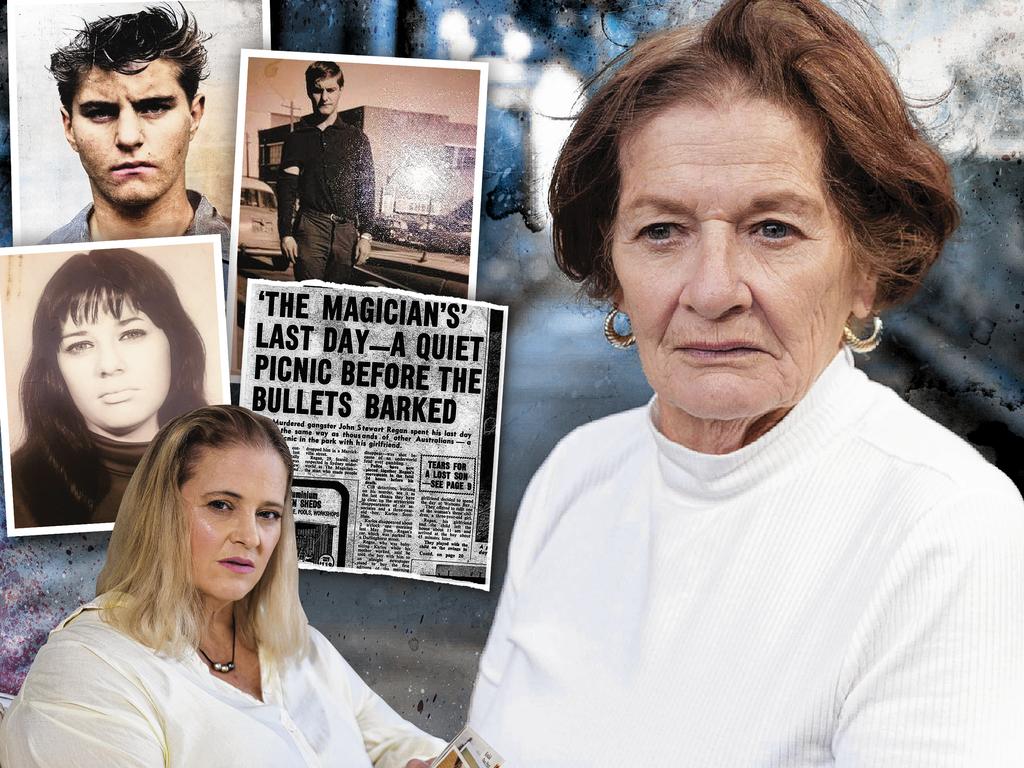Gangster tried to strangle corruption whistleblower: Regan link to vice queen murder
Shirley Brifman said she survived a murder attempt by gangster Stewart Regan. But the mysterious circumstances of her death in 1972 suggests she may not have been as lucky as she thought.
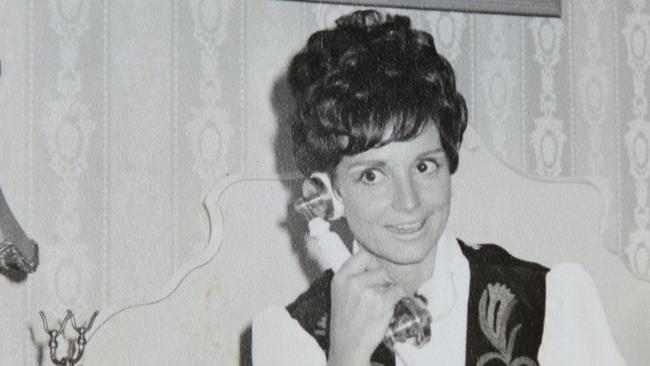
Corruption whistleblower Shirley Margaret Brifman may have been one of the few people to have survived a murder attempt by Sydney gangster Stewart John Regan.
Or did she?
Brifman, hailed in Sydney in the 1960s as the city’s “vice queen”, had been paying off corrupt NSW police for more than a decade before she decided to blow the lid on the city’s underworld on national television.
Before she could flee to a safe house in Queensland, Regan tried to strangle her.
The Australian’s new investigative podcast, The Gangster’s Ghost, has revealed for the first time the failed murder attempt by Regan, who it was said had killed up to 12 people, including a three-year-old boy, during his short but furious criminal career.
Regan himself was murdered by up to four gunmen in a backstreet in Sydney’s Marrickville in September 1974.
Nicknamed “The Magician” for his ability to make people disappear, Regan didn’t hesitate in eliminating his enemies. Brifman had betrayed everyone. After she exposed police graft and named names on the ABC’s This Day Tonight program in 1971, she went into immediate hiding. Yet within hours Regan tracked her down.
Brifman told police soon after: “For a start, I was protected. Now I am not protected. I paid all these years for protection. I was in fear of my life. Do you remember the night you two called to see me … Johnny Regan came there at four o’clock. He was one out. Regan said: ‘Don’t talk. If you talk, you are dead.’ ”
Brifman, her business in ruins and her life in clear danger, was set to flee north to Queensland when her oldest daughter, Mary Anne, then 15, witnessed Regan trying to murder her mother in the family home in Thornleigh, on Sydney’s upper north shore.
Mary Anne had returned home from school when she came across the shocking scene.
“So my mother was home. When I come in, I open the door, just open the door … and then my mother’s standing near the lounge, between the lounge and the dining room where we do the ironing, where the television was … and there’s this guy that’s got the wire coat hanger undone … it was already undone and he was trying to strangle her, right?
“He was in the middle of strangling her with the coat hanger … you’d think it’d be a rope or something, wouldn’t you? But no, the coat hanger.
“He must have come in on a pretence so she let him in.”
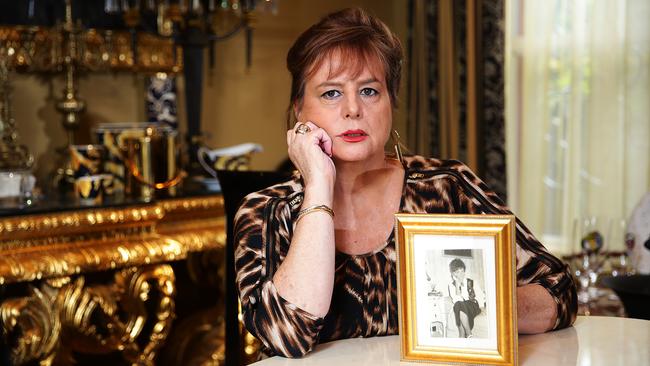
Mary Anne, who was familiar with criminals and corrupt police coming and going from the family home – the place often acted as a “storehouse” for stolen goods and cash – was convinced the man trying to murder her mother was Johnny Regan.
“So I get in there and then this guy gets such a shock … he takes off … bang … out through the dining room to the … kitchen, to the back door, and he’s gone,” she said.
Shirley Brifman would ultimately abandon Sydney and through late 1971 she gave numerous interviews to both Queensland and NSW police about her corruption allegations. Regan was one of dozens of crooks she fingered for various crimes.
She was at this point a nervous wreck. Mary Anne and other family members confirmed she had been “tortured” by corrupt detective Fred “Froggy” Krahe, her occasional lover and recipient of graft, before she fled Sydney.
She had had the soles of her feet burned.
Settled in Brisbane, where Brifman had a sister, the family moved between supposed safe houses.
Brifman would die of a suspected drug overdose in one of those houses in March 1972. Mary Anne found her mother’s body propped up on a bed in the spare room of the apartment in which they’d been hiding out in Brisbane’s inner-north.
Brifman was just 35 years old.
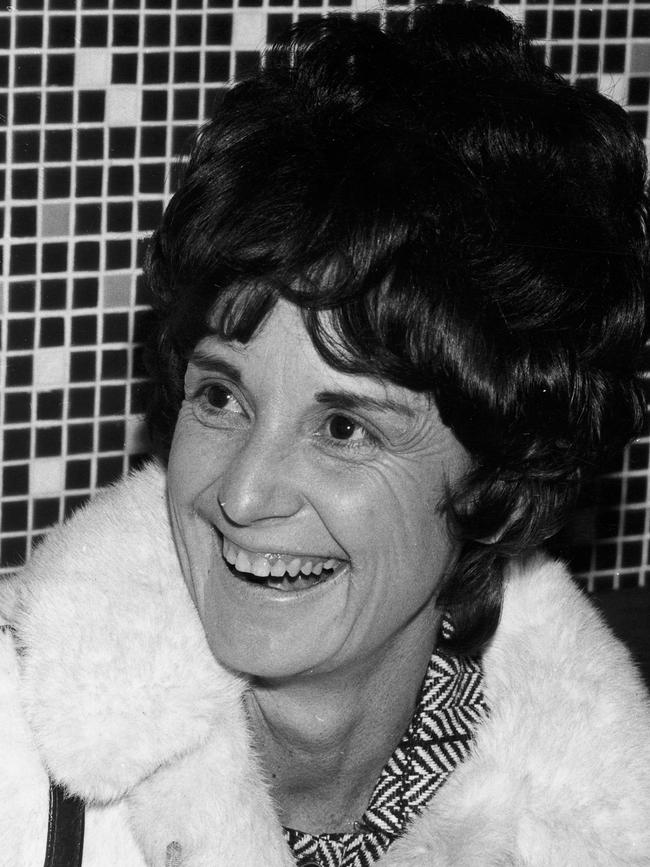
Mary Anne said she had witnessed a visitor to the flat on the night before her mother’s death, and saw that person hand her a vial of drugs. Mary Anne’s boyfriend, who was sleeping on a fold-out bed in the foyer of the flat, confirmed he also saw someone come to the front door around midnight.
Mary Anne believed her mother was given a single option – take the drugs and overdose, or your children will be killed. And she chose the drugs.
An inquest was never held into Shirley Brifman’s death. That decision remains a mystery, given her public allegations and statements to police outlining not just criminal activity but police graft in two states over more than a decade.
Brifman had left Queensland in the early 1960s after she became notorious during the National Hotel Royal Commission in 1963. That inquiry was probing police corruption and prostitution out of the National Hotel in Brisbane.
Brifman was closely associated with a corrupt trio of Queensland officers known as the Rat Pack – Terence Murray Lewis, who would go on to be anointed commissioner, Tony Murphy and Glendon Patrick Hallahan.
During the heat of the Brisbane inquiry, Brifman – who had perjured herself before judge Harry Gibbs – moved to Sydney and built a vice empire. In her police interviews before her death, she named Sydney detectives, particularly Krahe, as corrupt.
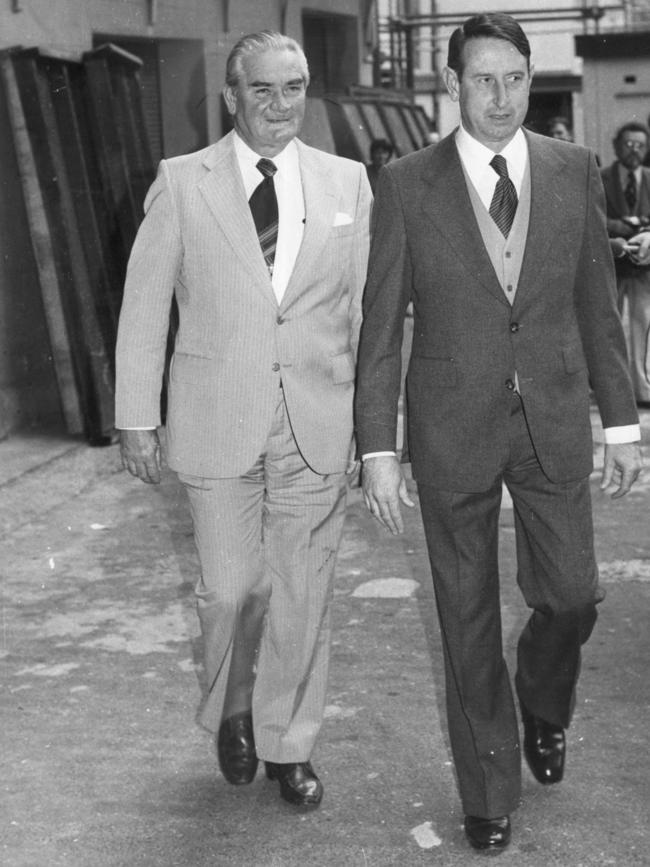
Krahe quietly retired soon after the Brifman bombshell but the rumour was he had gone to Brisbane and “stuffed” drugs down her throat. But what of Regan, who had been shadowing Brifman in Sydney and then in Brisbane prior to her death?
In 2015 Mary Anne Brifman petitioned then attorney-general Yvette D’Ath’s office for an inquest. She said at the time she had several witnesses ready to testify.
“My mother’s death had a horrendous impact on my life,” she reportedly said. “I think I have a right to a voice at last. I need to express it. There is a trail of evidence to be followed up.”
D’Ath said Shirley Brifman “died in such circumstances as to require the coroner to make inquiries”.
“I understand there also may be some people in possession of further information relating to Ms Brifman’s death,” she added.
“In recent years there has been some public interest around the circumstances into Ms Brifman’s death and I believe it is in the interest of justice for the coroner to make further inquiries. “The coroner will, upon making those inquiries, be in the position to determine whether an inquest should be held.”
After 10 years, that determination is yet to be made.
Hear Episodes 1 and 2 of The Gangster’s Ghost on Apple and Spotify now. Subscribers get Episodes 3 and 4 exclusively at gangstersghost.com.au


